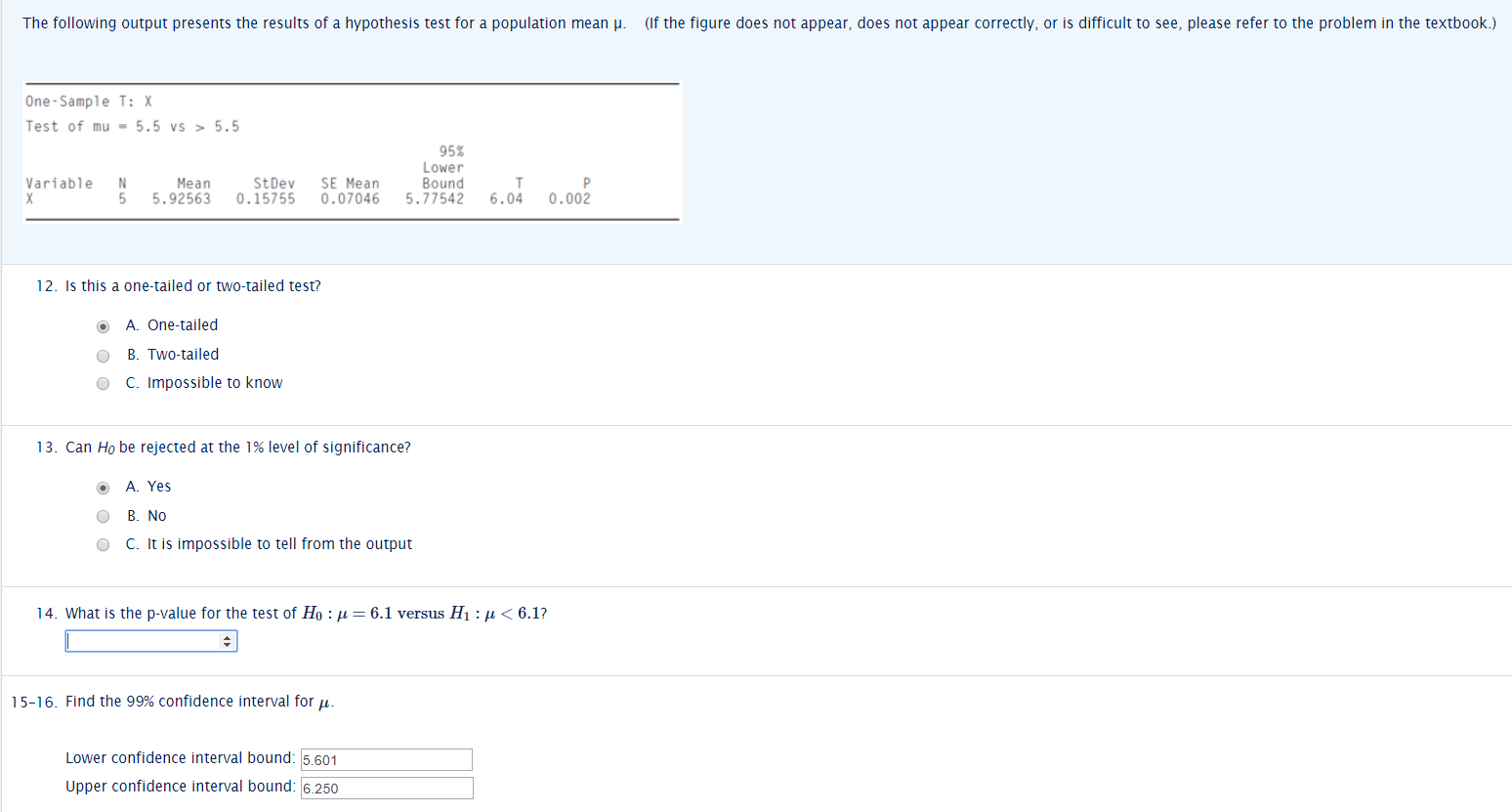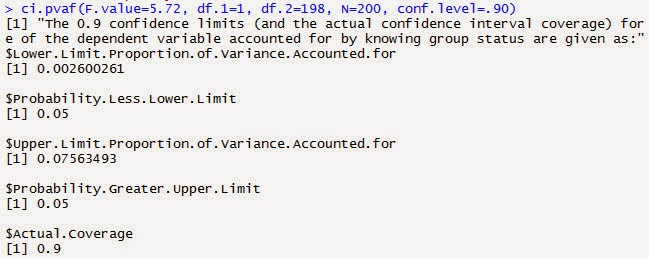

Before turning to the code below, please install the packages by running the code below this paragraph. For this tutorials, we need to install certain packages from an R library so that the scripts shown below are executed without errors. If you have not installed R or are new to it, you will find an introduction to and more information how to use R here. As stated above, here, we will be dealing with the description of data, especially with measures of central tendency, measures of variability and confidence intervals. Typically, this means testing assumptions about correlations between variables (see for example here). Descriptive statistics deals with the description of data and their visualization, while inferential statistics deals with data analysis and interpretation. As such, statistics can be subdivided into two main areas. Statistics in general can be defined as a branch of mathematics that deals with data collection, organization, analysis, interpretation, and presentation. Thus, on a more general note, we will be dealing only with one particular subbranch of statistics. And this is what we will be dealing with in the following.īefore delving deeper into what descriptive statistics is, it is useful to have a general idea of how it can be contextualized. Descriptive statistics enable you to summarize complex data sets in very few words and using only very basic, and easy to understand, concepts. You could of course say something along the lines of Well, class A had 5 Bs, 10 Cs, 12 Ds, and 2 Fs while class B had 2 As, 8 Bs, 10 Ds, and 4 Fs but this answer is not really satisfying. Both classes take the same exam and, after correcting and grading the exams, someone asks you which class performed better. To show why data summaries are useful, think of the following: you are teaching two different classes in the same school, in the same grade, and at the same level. This interactive Jupyter notebook allows you to execute code yourself and - if you copy the Jupyter notebook - you can also change and edit the notebook, e.g. you can change code and upload your own data. The interactive tutorial is based on a Jupyter notebook of this tutorial. Here is a link to an interactive version of this tutorial on Google Colab. If you want to render the R Notebook on your machine, i.e. knitting the document to html or a pdf, you need to make sure that you have R and RStudio installed and you also need to download the bibliography file and store it in the same folder where you store the Rmd file.

Geom_point(size = 5, col = "firebrick", alpha = 0.The entire R Notebook for the tutorial can be downloaded here.

ggplot(blackbird2, aes(x = time, y = logAntibody)) +

The argument alpha = plots transparent dots, which helps to distinguish visually any overlapping measurements. LogAntibody = blackbird$logBeforeImplant,ĪfterData <- ame(blackbird = blackbird$blackbird,īlackbird2 <- rbind(beforeData, afterData)īlackbird2$time <- factor(blackbird2$time, levels = c("Before", "After"))Ī ggplot() command for a paired data plot. beforeData <- ame(blackbird = blackbird$blackbird, We then ordered the categories of the treatment variable so that Before data comes first in the plot. We did this by making a separate data frame for Before and After treatments (they must having identical variable names) and then rbind() them. We first need to put the log-transformed data into “long” format, with the before and after measurements in the same column of data, and a new variable to indicate the Before and After data. A strip chart for paired data, with lines connecting dots for the same individual (Figure 12.2-1).


 0 kommentar(er)
0 kommentar(er)
